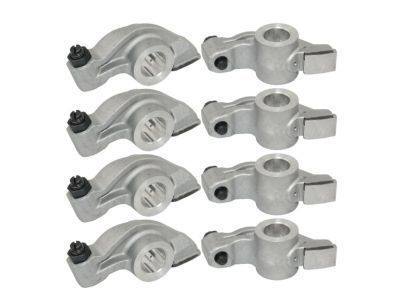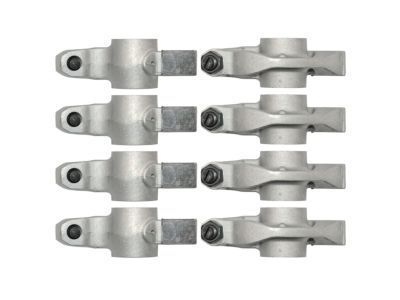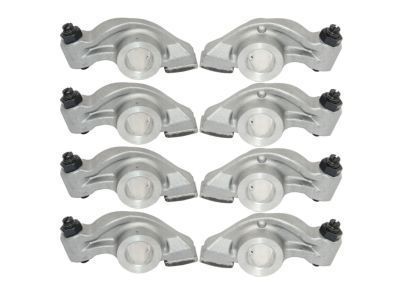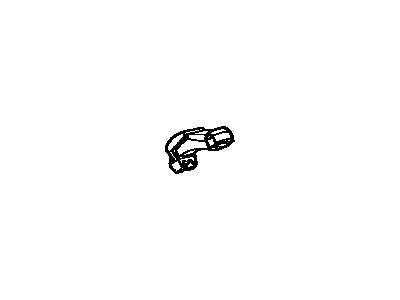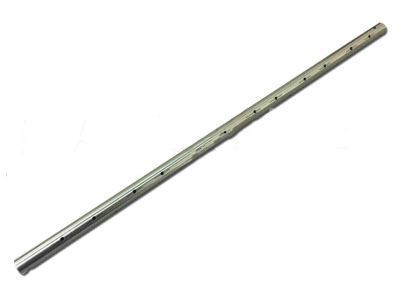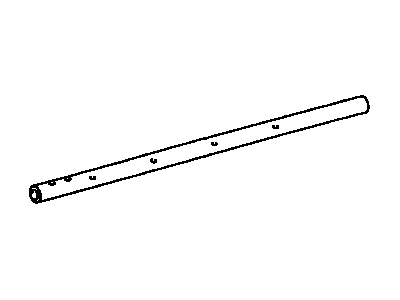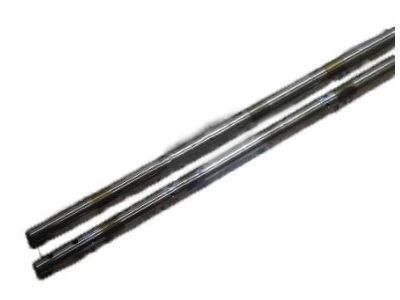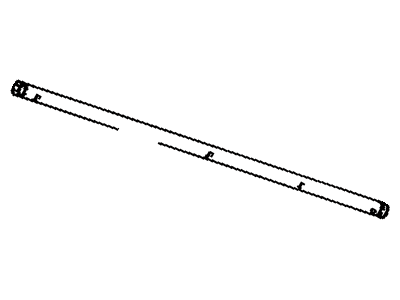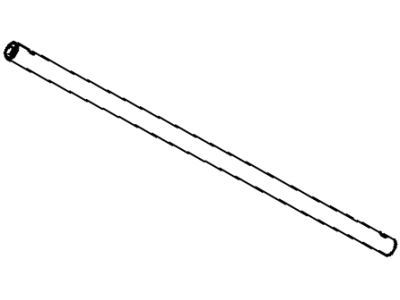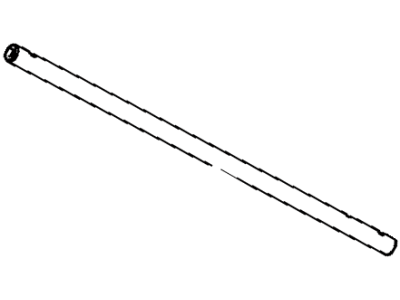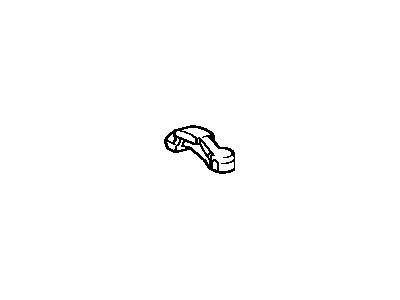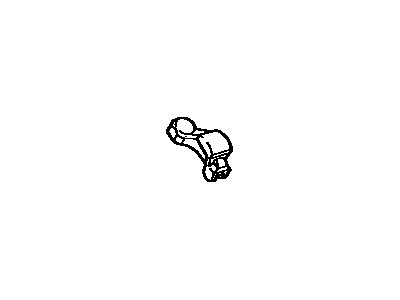

My Garage
My Account
Cart
Genuine Toyota Celica Rocker Arm
Engine Rocker Arm- Select Vehicle by Model
- Select Vehicle by VIN
Select Vehicle by Model
orMake
Model
Year
Select Vehicle by VIN
For the most accurate results, select vehicle by your VIN (Vehicle Identification Number).
12 Rocker Arms found
Toyota Celica Arm Sub-Assembly, Valve Rocker
Part Number: 13801-35010$45.92 MSRP: $64.19You Save: $18.27 (29%)Toyota Celica Shaft Sub-Assembly, Valve Rocker
Part Number: 13901-22020$85.77 MSRP: $120.90You Save: $35.13 (30%)Ships in 1-3 Business DaysToyota Celica Shaft Sub-Assembly, Valve Rocker
Part Number: 13902-22010$85.77 MSRP: $120.90You Save: $35.13 (30%)Ships in 1-3 Business DaysToyota Celica Arm Sub-Assembly, Valve Rocker
Part Number: 13811-38010$5.94 MSRP: $8.39You Save: $2.45 (30%)Toyota Celica Shaft Sub-Assembly, Valve Rocker
Part Number: 13901-45010$81.07 MSRP: $114.27You Save: $33.20 (30%)Ships in 1-3 Business DaysToyota Celica Shaft Sub-Assembly, Valve Rocker
Part Number: 13902-45011$81.07 MSRP: $114.27You Save: $33.20 (30%)Ships in 1-3 Business DaysToyota Celica Shaft Sub-Assembly, Valve Rocker
Part Number: 13911-38010$101.87 MSRP: $143.60You Save: $41.73 (30%)Ships in 1-3 Business DaysToyota Celica Shaft Sub-Assembly, Valve Rocker
Part Number: 13911-38011$101.87 MSRP: $143.60You Save: $41.73 (30%)Ships in 1-3 Business Days
Toyota Celica Rocker Arm
If you are in demand for superior quality and affordable OEM Toyota Celica Rocker Arm, then shop with us! We own a wide range of the reduced-priced genuine Toyota Celica Rocker Arm. You can purchase in confidence as all parts come with a manufacturer's warranty. Any issues with our products? No need to worry as we have a hassle-free return policy to guide you every step of the way.
Toyota Celica Rocker Arm Parts Questions & Experts Answers
- Q: How to remove and install Camshaft and Rocker Arm in 4 cylinder 1.8L SOHC engine on Toyota Celica?A:To remove the camshaft, first disconnect the negative cable from the battery and detach the air cleaner inlet duct. Drain the cooling system and label and disconnect all hoses, wires, linkages, tubes, and brackets attached to the camshaft housing, including the heater tube at the rear end housing. Unbolt and remove the rear housing, then take off the Timing Belt and camshaft pulley. Remove the valve cover and loosen each bolt of the camshaft housing a little at a time. With the camshaft still in the housing, check the endplay using a dial indicator; if it exceeds the limit, replace the camshaft or housing. Detach the camshaft oil seal retainer and remove the camshaft, being careful not to damage the bearings. Pry the O-ring out of the retainer and slowly pull the camshaft out while turning it. Remove the rocker arms and withdraw the lash adjusters, keeping them in order for reinstallation. Visually inspect the camshaft journals and rocker arms for damage and measure the cam lobe height and journal diameter with a micrometer, replacing any worn components. Measure the housing bore and determine the bearing oil clearance, replacing the camshaft and housing if necessary. Before reinstalling, bleed the lash adjusters by immersing them in light oil and using a tool to slide the plunger. Replace any lash adjuster with a new one if the plunger stroke exceeds 0.020-inch after bleeding. Check the camshaft housing for warpage using a straightedge and feeler gauge, replacing it if the warpage exceeds the maximum specified. For installation, apply engine assembly lube or moly-base grease to the camshaft lobes, journals, rocker arms, and lash adjusters. Insert the camshaft into the housing, install a new O-ring and oil seal retainer with anaerobic sealant on the first few threads of the retainer bolts. Clean the mating surfaces of the camshaft housing and cylinder head, apply a bead of sealant, and then install and tighten the housing bolts in sequence to the specified torque.
